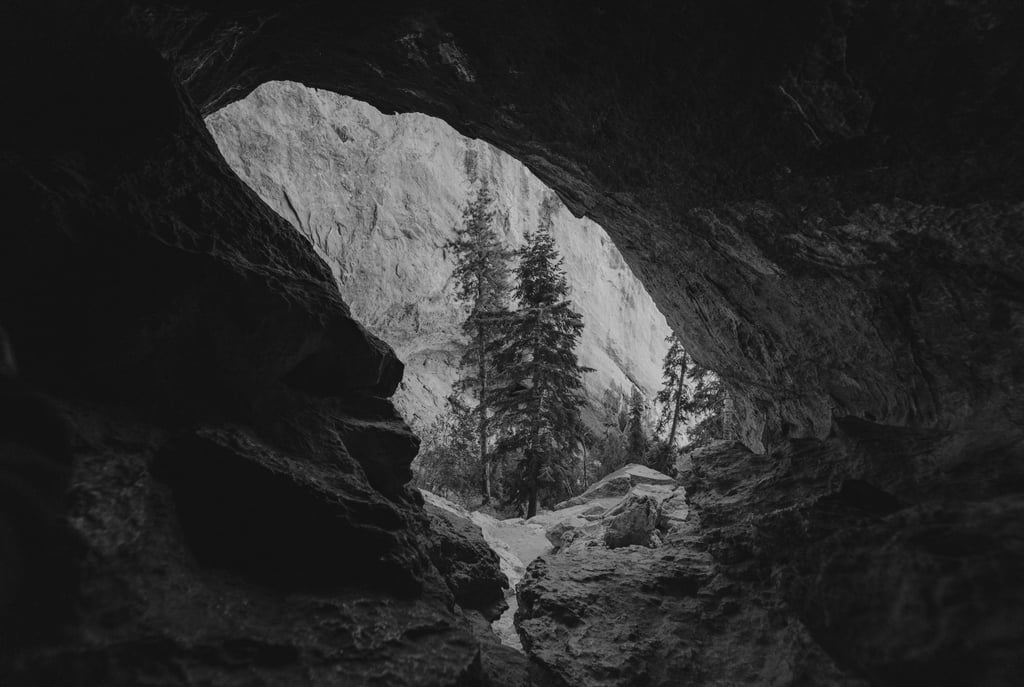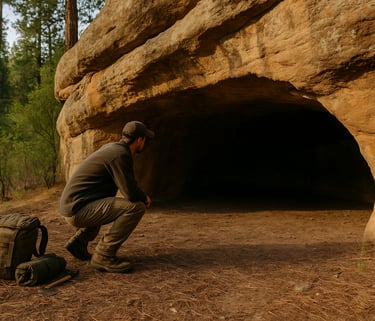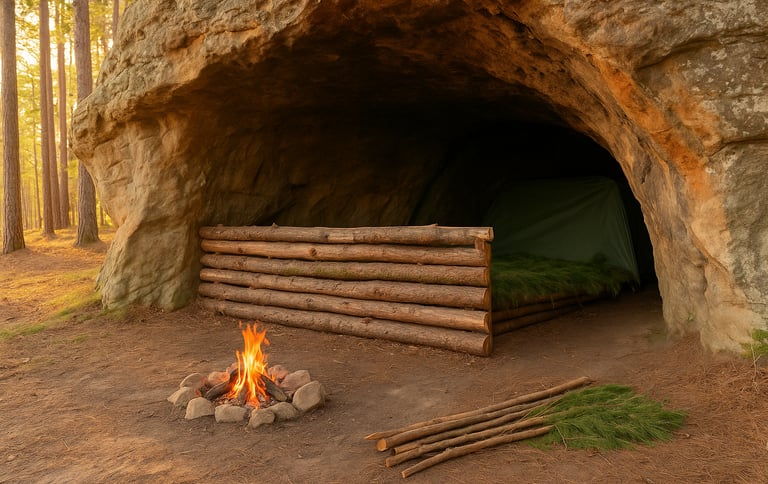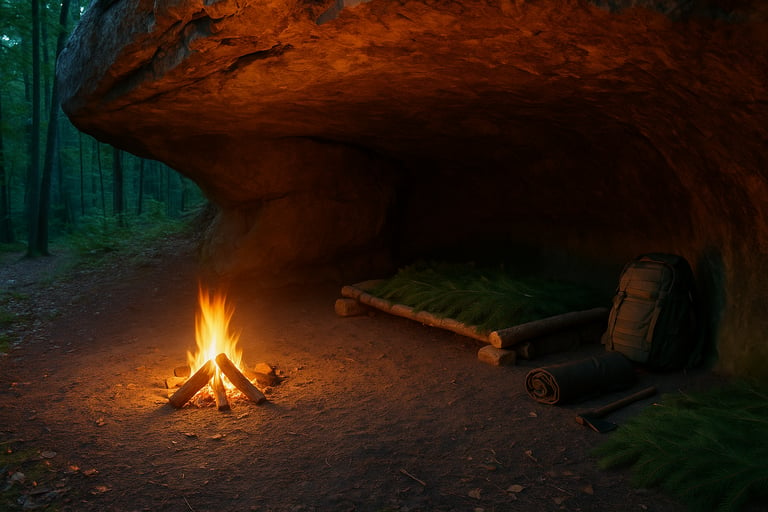How to Make a Cave Shelter: Stay Safe and Warm Using Natural Terrain
Discover how to make a safe and effective cave shelter in the wild. This guide explains how to choose, prepare, and insulate a natural cave for survival in any terrain or weather.


How to Make a Cave Shelter: Stay Safe and Warm Using Natural Terrain
When you're out in the wilderness and need immediate protection from the elements, nothing beats the natural insulation and cover of a cave. A cave shelter can offer year round protection from wind, rain, snow, and extreme temperatures, but it also comes with some risks you need to be aware of.
Knowing how to spot a safe cave and adapt it into a reliable survival shelter is a critical skill for any serious adventurer, prepper, or bushcrafter. In this guide, we’ll walk you through how to find a cave that’s safe to use, how to modify it into a more livable space, and how to stay warm and protected while you're inside.
Why Use a Cave Shelter in a Survival Situation?
Caves are nature’s original shelters. They provide solid protection against storms, predators, and even extreme heat or cold. Because they are naturally enclosed, caves retain warmth and offer windbreak and shade all in one. If you're in a forested area without caves, you might consider building a rock shelter for similar benefits using boulders and natural overhangs.
A cave shelter requires far less building and gathering than most other survival shelters. In fact, once you find a safe and dry cave, the main tasks are cleaning it out, insulating the interior, and making sure it’s safe to occupy.
This makes caves ideal for emergency situations, long-term base camps, or when you simply don’t have the time or resources to construct a shelter from scratch.
How to Find and Choose the Right Cave
Before using any cave as a shelter, it's crucial to evaluate it for safety. Avoid any cave that has animal tracks or droppings nearby, strong odors, signs of flooding, or unstable rock formations. Caves that are deep, narrow, or poorly ventilated can become dangerous quickly, especially if you plan to build a fire or stay overnight.
Look for shallow or semi-open rock shelters first. These often provide the same benefits without the risk of getting trapped or dealing with dangerous wildlife.
Pay attention to elevation as well. Avoid caves at the bottom of slopes or riverbanks, since these may flood during storms. The best cave shelters are elevated, dry, and close enough to water and resources — but not right next to them.
Making the Cave Livable: Clearing, Insulating, and Securing
Once you've found a cave that seems safe and dry, take time to inspect the floor and clear out debris. Remove any sharp rocks, animal droppings, wet moss, or bugs. Use a stick or gloves to check deeper corners for signs of nests or burrowing animals.
Next, create insulation. Lay down a bed of pine needles, dry leaves, or evergreen boughs to lift yourself off the cold stone floor. If you're planning to stay more than one night, try building a simple bough bed inside the cave to preserve body heat.
If the cave is very open or windy, you can build a wall or windbreak at the entrance using logs, branches, or even a spare tarp to block drafts and help trap warmth. For fast setup with minimal materials, a poncho shelter or tarp shelter can also be used as temporary windbreaks or rain covers at cave entrances.
Just be careful with fire. If the cave is enclosed, do not build a fire inside — the smoke can collect quickly and become deadly. Instead, build a fire just outside the entrance and reflect heat inward using rocks or a reflective space blanket hung inside.
Staying Warm, Dry, and Safe in a Cave Shelter
Although caves are naturally more insulated than tents or brush shelters, they can still be damp. Always lay insulation between you and the ground. Even a plastic bag, emergency blanket, or layer of clothing will make a difference.
If rain is expected, check that the ceiling isn’t dripping. You can hang a tarp above your bed area or use bark and boughs to create a dry zone if needed.
For added warmth, seal gaps with large rocks or branches to block cold air. Keep gear off the floor to avoid moisture, and always have a clear exit path in case of wildlife or emergencies.
When to Use a Cave Shelter and When to Avoid It
Cave shelters are excellent for survival situations when you need fast, long-term cover — especially in cold or mountainous areas. They offer a natural blend of structure and insulation that’s hard to beat.
But not all caves are safe. Never use one without inspecting it thoroughly. Avoid caves with signs of animals, loose rocks, deep tunnels, or water accumulation. If you’re unsure, move on; a rock overhang or tarp shelter may be safer in the long run.
That said, if you find the right cave, know how to clean and modify it, and follow basic survival precautions, a cave shelter can give you one of the safest, driest, and warmest places to rest in the wild.






© 2025. All rights reserved About | Privacy Policy | Terms and Conditions | Affiliate Disclosure | Disclaimer


